
We have idealisms and aspirations. However, we all need a roof over our heads, food on the dinner table, and education for our children (and ourselves). To fulfill all those necessities, we often need to compromise and choose to work for money instead.
Thus, idealisms and aspirations often die over time. Simply because we no longer nurture them. We let them die slowly. We still smile whenever encountering them from time to time, but something within us says that it’s time to “grow up” and forget “childish” idealisms and aspirations.
We become the slave of our routines, which comprise of endless chores and errands. At work, daily workloads become monotonous and boring. At a certain point, life in the suburbs becomes unbearable. Even worse, we label those idealisms and aspirations “childish.”
Now let’s reflect. Is living monotonously days in and days out the only way to live? The answer is an absolute no.
The old Hollywood movie siren Mae West once said, “We only live once. If we do it right, once is enough.” Moreover, I can’t agree more.
Despite what most religions say about the afterlife, which promises a “better life” and a “better place,” we should focus on the 70 to 90 years of limited time on Planet Earth that we have one shot to enjoy. For me, this is the most appropriate way to look at life, which I treasure every single day.
This perspective gives me the courage to live my life according to what I believe and what I truly want out of life. In my case, I’m enjoying my ideal life where I can travel the globe while working remotely as a writer and an online business owner.
With this “one shot to make it right” philosophy, I’m much more compelled to do the best within my limitations. This outlook provides me with energy, determination, perseveration, and willingness to go the extra ten or a hundred miles, not merely “an extra mile.”
It also gives me with the optimism that I can and should reach most, if not all, of my idealisms and aspirations within this lifetime. Translated into simple language: I must manage my time accordingly, so I can work hard and smart, while also having no regrets whatsoever.
The thing is, how have I been doing it and will continue to do it?
First things first, I constantly remind myself that there are two ways that I can make money while keeping my idealisms and aspirations intact. The first way is by keeping both of them separate. You can choose to work for money during the weekdays and keeping your idealisms and hopes during the weekends and holidays.
The second way of making money is by combining the two, which means you make money with your idealisms and aspirations. Either way, you don’t leave those nagging wants on the side. Embrace them fully and expect the fact that it would require advanced time management, some persuasion to people around you, and determination to make things work.
Now, how do you come to terms that you want to make it happen? In other words, do you want to be more than a boring mom (or dad) in the suburbs?
1. Be clear about what you truly want in this lifetime (not in “the next one”).
Write down the “bucket list” of what you truly want to get accomplished in this lifetime. Do it freely without feeling restricted by anything. I call this “free writing” session.
Be free, don’t worry about money, family obligations, work responsibilities, taxes, and other stuff. This is the list of things that you’d do in an ideal situation.
2. Ask yourself honestly and realistically whether that idealism or aspiration is doable at this stage of your life.
Be super honest and very realistic about this, because it takes a stable lifestyle to incorporate something new that might not be in perfect alignment with your current job and other obligations.
For instance, if you’ve just had a new baby, it might not be suitable to start something new. This is a reflective session on your current most realistic situation.
3. Once you’re truly convinced, persuade your family to support your intention.
After considering ideal aspirations and the most realistic situations, you’d be convinced to act or not to act. In the best scenario, you’re ready to fulfill your dreams. Also, it means you’ll need the blessing, approval, and support from your loved ones.
Why? Because you might probably need to use more time for yourself (and that idealism you’re pursuing) instead of spending it with them. Persuade them with love and kindness. Make them understand that it’s important to you and you’d be happy to support their idealisms and aspirations too, when the time comes.
4. If you choose to keep work and idealisms-and-aspirations separate, manage your time well.
In this first scenario, you’re keeping both work and idealisms-and-aspirations separate, so all you need now is good time management. At this point, you probably have received a blessing, full approval, and heartfelt support from the family.
Allocate your time well, so you can do well in work, relationships, and whatever it is you’ve just put your heart and mind into. Today, there are plenty online tools and apps ready to help.
5. If you choose to combine the two, inventory the required skills, people connections, and other social capitals you’d need to acquire before you can realize that specific idealism or aspiration.
In this particular scenario, you’re mixing making a living with the aspiration you’ve been longing for years. Congratulations. This choice requires the most sacrifice from yourself and your loved ones, particularly when you’re in the training and apprenticeship mode.
When you’ve just resigned from your current job or ended your current business to pursue your idealistic aspiration, you might stop earning and provide for your family. This may require some other cash flow arrangement, such as having your spouse to be the temporary breadwinner while you’re in training. And it might need time to build your skills to be able to earn sufficiently again. During that period, your family’s support will be tremendously helpful.
In conclusion, idealistic and aspirational wants and wishes can complement realistic situations as long as you have the peace of mind. Moreover, this state of mind can be provided by your loved ones’ blessing, approval, and support. Once you’re convinced that it’s the time to get real about aspirations, you can start right away.
After all, we only live once. If we do it right, once is enough. We only have this lifetime to live with no regrets. Yes, only one lifetime.[]
About the Author

Jennifer Xue is an award-winning author, columnist, and serial entrepreneur based in Northern California. She is a digital strategist for Oberlo. She is the author of White Paper Writing for Business (BookBoon, 2016) and Guide to Become a Management Consultant (FabJob, 2003). Her works have been published in Forbes, Fortune, Esquire, Cosmopolitan, Business.com, Business2Community, Good Men Project, Addicted2Success, Positively Positive, and others.
Image Source: Deposit Photos
>



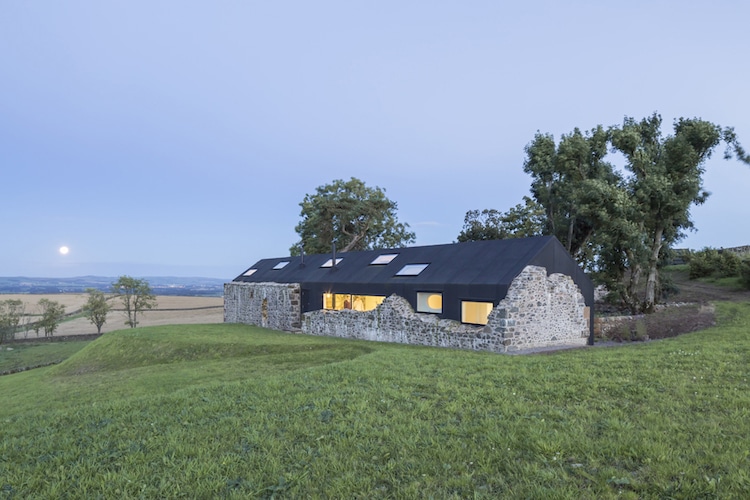
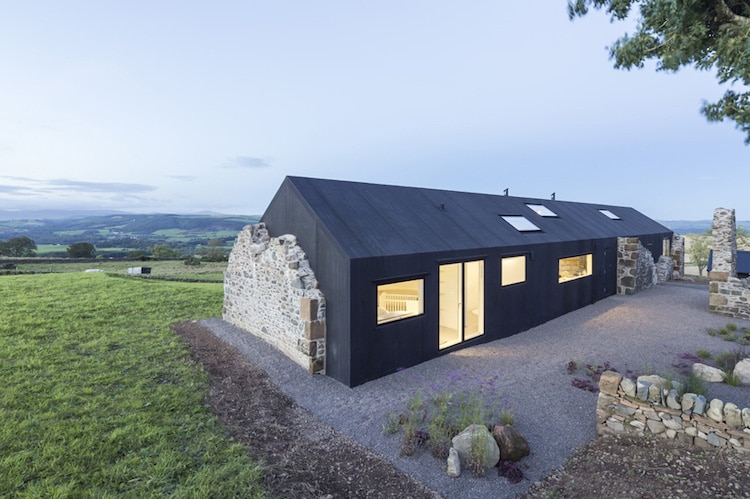
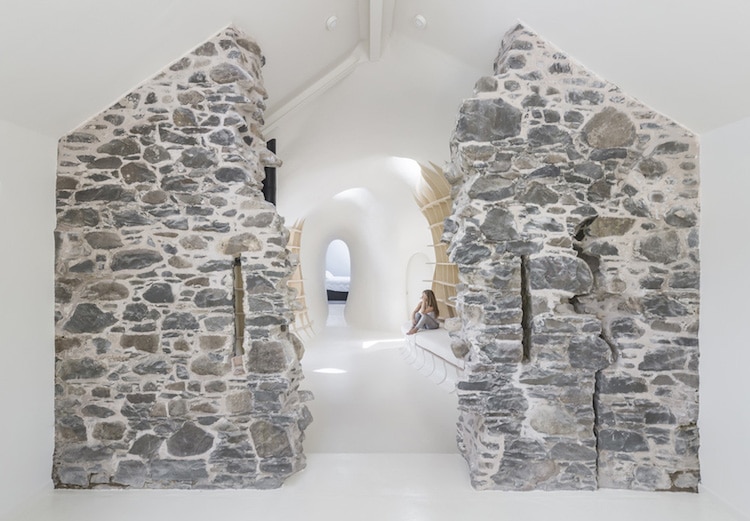
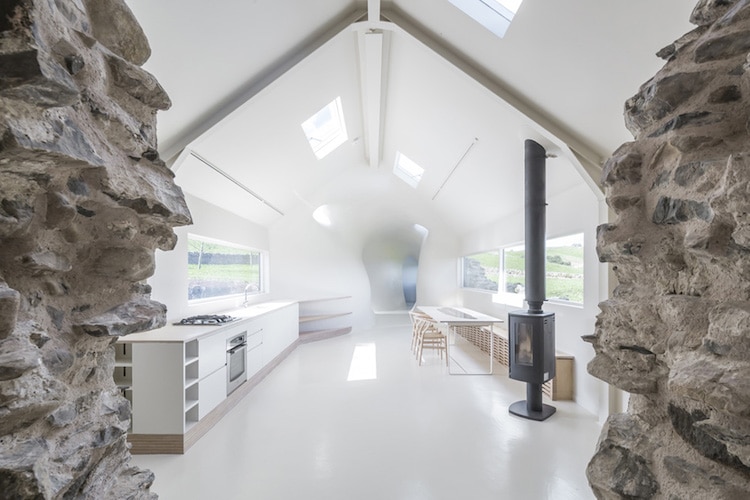

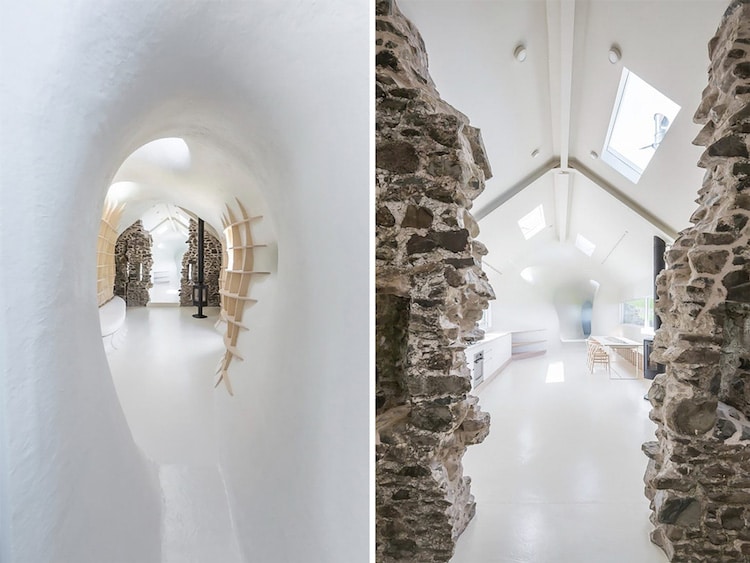
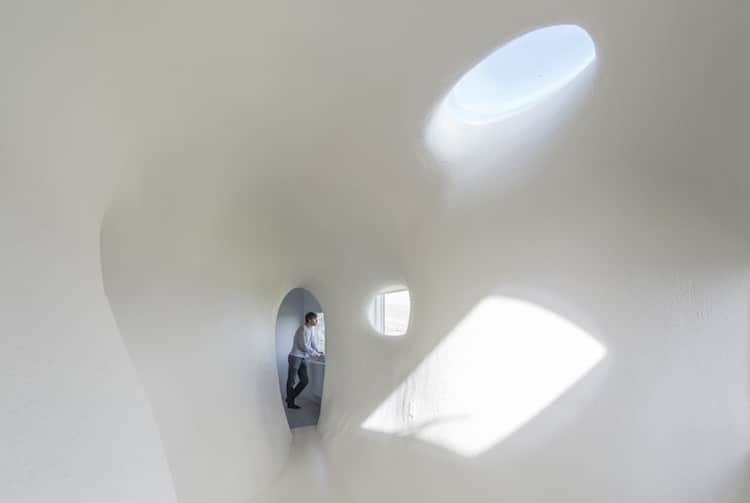
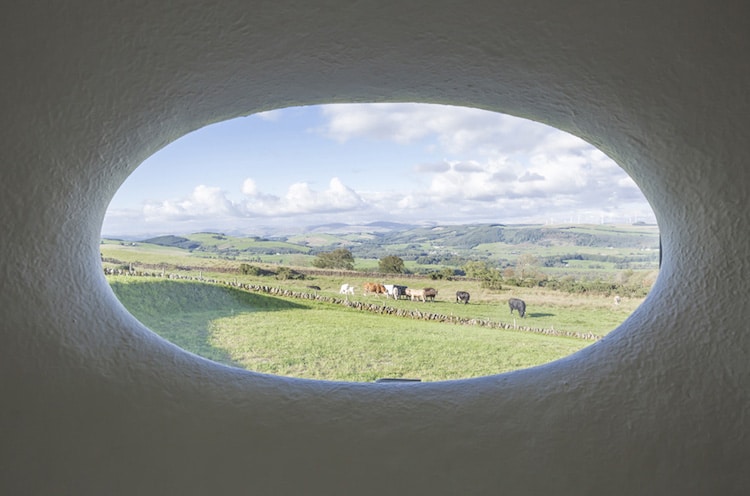
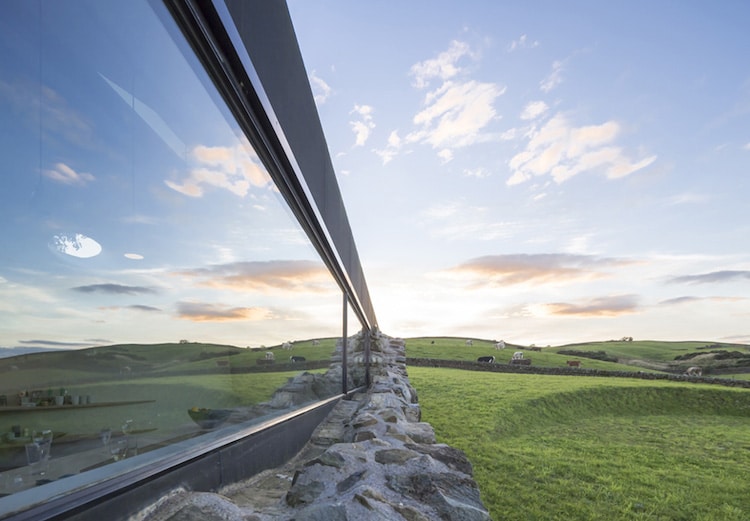 Nathanael Dorent:
Nathanael Dorent: 




